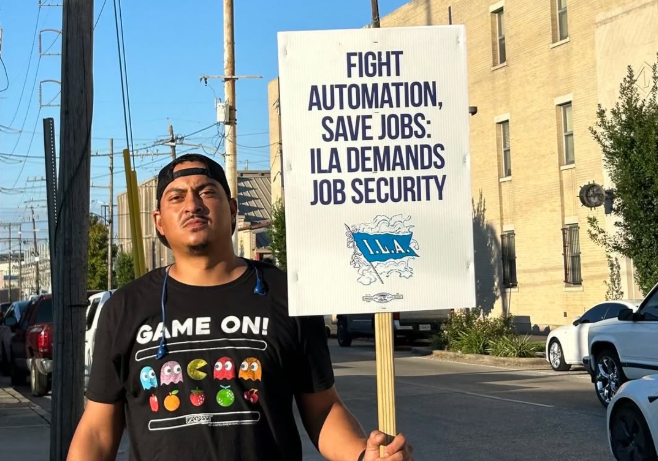The crush of work these nurses face also exemplifies a hidden side of the recent economic recovery: in industry after industry, speedups are turning work into a hazard, with increasing numbers of injuries and dangerous levels of stress. While 18.6 million people remain underemployed, millions of others are working more hours, and more intensely, than ever. This is especially true in certain industries, from oil refineries to retail to publishing, where federal data shows labor productivity has risen at double or more the national rate. A 2010 survey of people registered with Monster.com found that 53 percent of respondents had taken on additional duties since the start of the recession because co-workers had been laid off—almost all of them without any additional compensation. A 2010 report from the Center for American Progress and the Hastings Center for WorkLife Law found that overwork was a particular problem among professionals: 14 percent of women and 38 percent of men were working more than fifty hours a week. But it has become common in industrial occupations as well. "When time and a half for overtime was established by federal law, that was really a job-creation measure, so it would cost less to hire a new worker," says Mike Wright, the United Steelworkers' director of health and safety. "But starting in the late 1970s, the cost of benefits exceeded that extra pay cost, and it became cheaper to work your existing workers harder."












